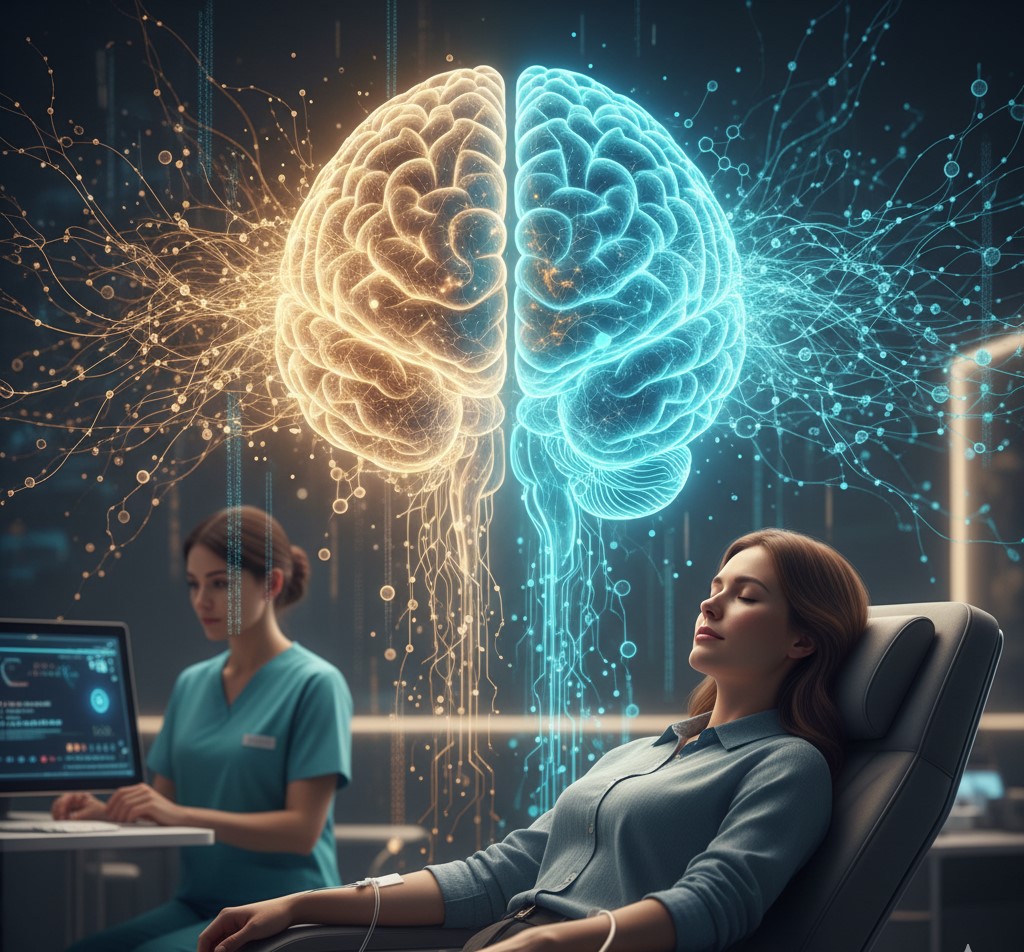Recent years have witnessed an increased incidence of depression, particularly among the younger population. In the search for more effective treatments, the spotlight is now on psychedelics. A new study published in Nature Neuroscience indicates that these mind-altering compounds may hold promise for tackling this mental health crisis. But how do they work, and what are the risks and rewards involved?
Psychedelics, such as lysergic acid diethylamide (LSD) and psilocybin (found in “magic mushrooms”), have shown potential as fast-acting antidepressants with long-lasting effects. However, their hallucinogenic properties, which may cause perception disorders or trigger psychosis in certain individuals, have limited their use.
For a solution, scientists are studying if it’s possible to separate the hallucinogenic effects of these substances from their therapeutic effects. The key lies in understanding how these separate effects are mediated. In other words, can we harness the benefits of these substances without the risks?
The answer may lie in neuroplasticity – the brain’s ability to change and adapt. Antidepressants, including psychedelics, promote neuroplasticity. Central to this process is a duo of proteins – the brain-derived neurotrophic factor (BDNF) and its receptor TrkB. These proteins have been identified as the main agents behind the therapeutic effects of antidepressants, including ketamine and traditional medications like fluoxetine and imipramine.
In their experiments, the scientists found that both LSD and psilocybin bind directly to TrkB with high affinity – in fact, the affinity of LSD to TrkB was found to be up to 1,000 times higher than that of other antidepressants. This high-affinity binding indicates a strong interaction and potentially higher potency.
The study indicated that LSD and psilocybin do not just bind to any part of TrkB, but specifically to a region that overlaps with other antidepressants. This region, known as the transmembrane domain, is crucial for the protein’s function.
Additional tests also confirmed the binding of these psychedelics to TrkB, reinforcing the idea that TrkB could be a primary target for these compounds.
This research represents a significant step forward in our understanding of how psychedelics can promote neuroplasticity and potentially act as effective antidepressants. By targeting the TrkB receptor, we might be able to maximize the therapeutic benefits of these compounds while minimizing their hallucinogenic effects.
However, it’s essential to note that while these findings are promising, much more research is needed. Evidence continues to point to psychedelics being the next frontier in mental health treatments. This study brings us one step closer to understanding how to unlock their potential safely.










 Daytryp Health has taken
Daytryp Health has taken  The
The 